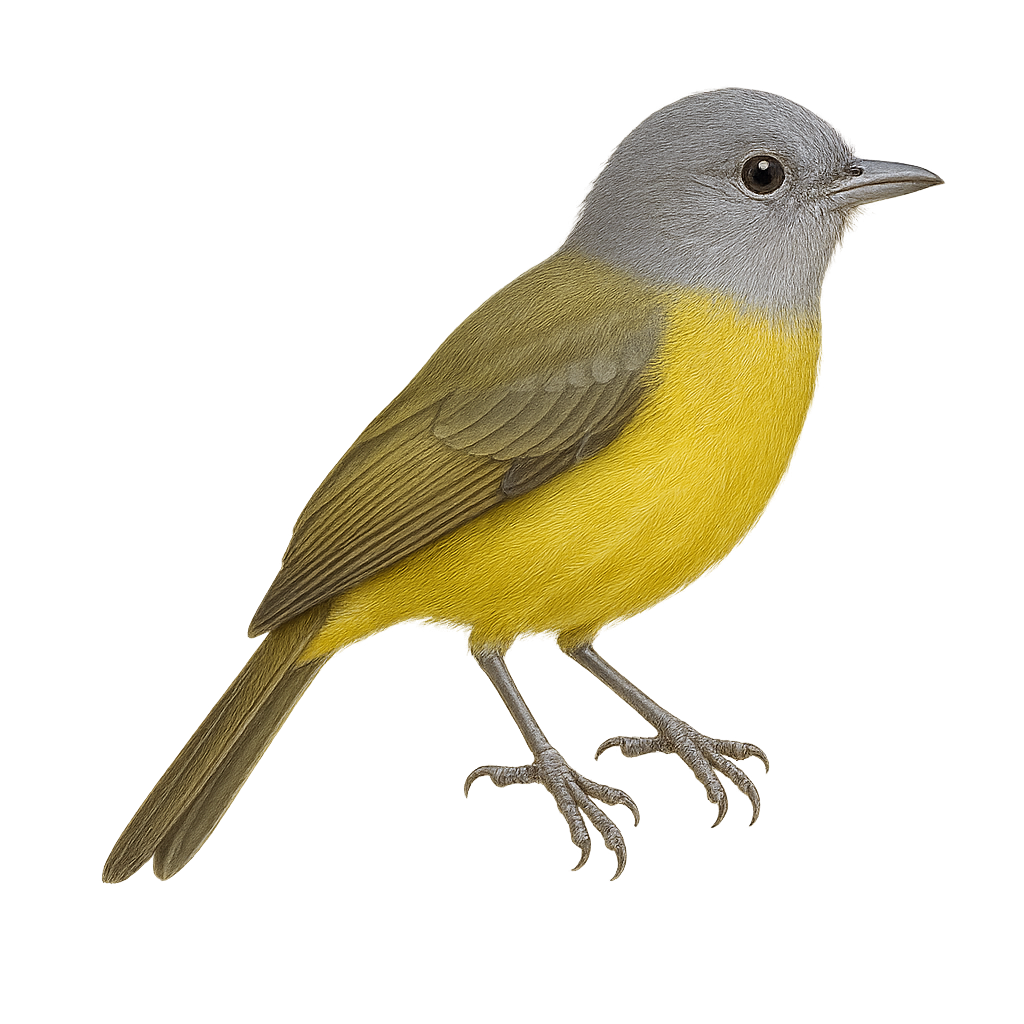Your wildlife photography guide.
Explore the rufous-bellied flycatcher in detail, study its behavior, prepare your shots.
Where to observe and photograph the rufous-bellied flycatcher in the wild
Learn where and when to spot the rufous-bellied flycatcher in the wild, how to identify the species based on distinctive features, and what natural environments it inhabits. The WildlifePhotographer app offers tailored photography tips that reflect the rufous-bellied flycatcher’s behavior, helping you capture better wildlife images. Explore the full species profile for key information including description, habitat, active periods, and approach techniques.
Rufous-bellied Flycatcher
Scientific name: Mionectes rufiventris

IUCN Status: Least Concern
Family: TYRANNIDAE
Group: Birds
Sensitivity to human approach: Suspicious
Minimum approach distance: 10 m
Courtship display: October to November
Incubation: 17-19 jours
Hatchings: October to December
Habitat:
Humid forests, subtropical forests
Activity period :
Primarily active during the day, with peak activity in the morning and late afternoon.
Identification and description:
The Rufous-bellied Flycatcher, or Mionectes rufiventris, is a small bird known for its distinctive plumage. Its rufous belly contrasts with the rest of its generally duller body. This bird is primarily found in the humid and subtropical forests of South America, where it feeds mainly on insects and small fruits. It is often seen alone or in small groups, moving nimbly through dense foliage. Although discreet, its melodious song can be heard from afar, adding a sonic touch to its natural surroundings.
Recommended lens:
400 mm – adjust based on distance, desired framing (portrait or habitat), and approach conditions.
Photography tips:
To photograph the Rufous-bellied Flycatcher, it is advisable to use a telephoto lens of 400 mm or more to capture detailed images without disturbing the bird. Look for it in humid and subtropical forests, where it often moves through dense foliage. Be patient and discreet, as this bird is suspicious and may fly away quickly if disturbed. Listen for its melodious song to locate its position. Take advantage of the times of day when natural light is soft to get shots with natural colors.
The WildlifePhotographer App is coming soon!
Be the first to explore the best nature spots, track rutting seasons, log your observations, and observe more wildlife.
Already 1 432 wildlife lovers subscribed worldwide

